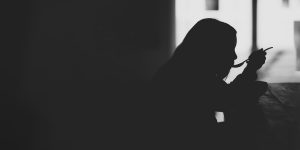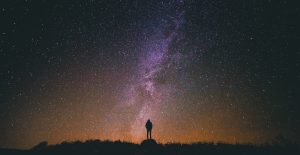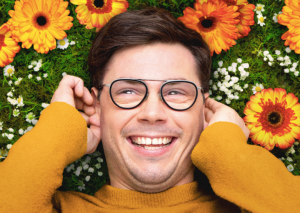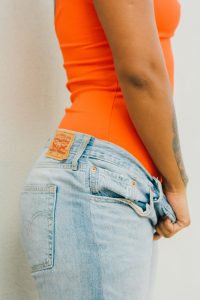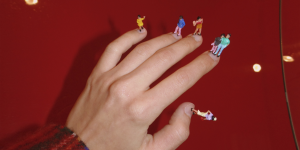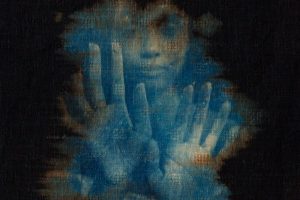Navigating thought and space as a disabled queer: Where do the quiet queers go?
By: Charlotte Sareño Raymond
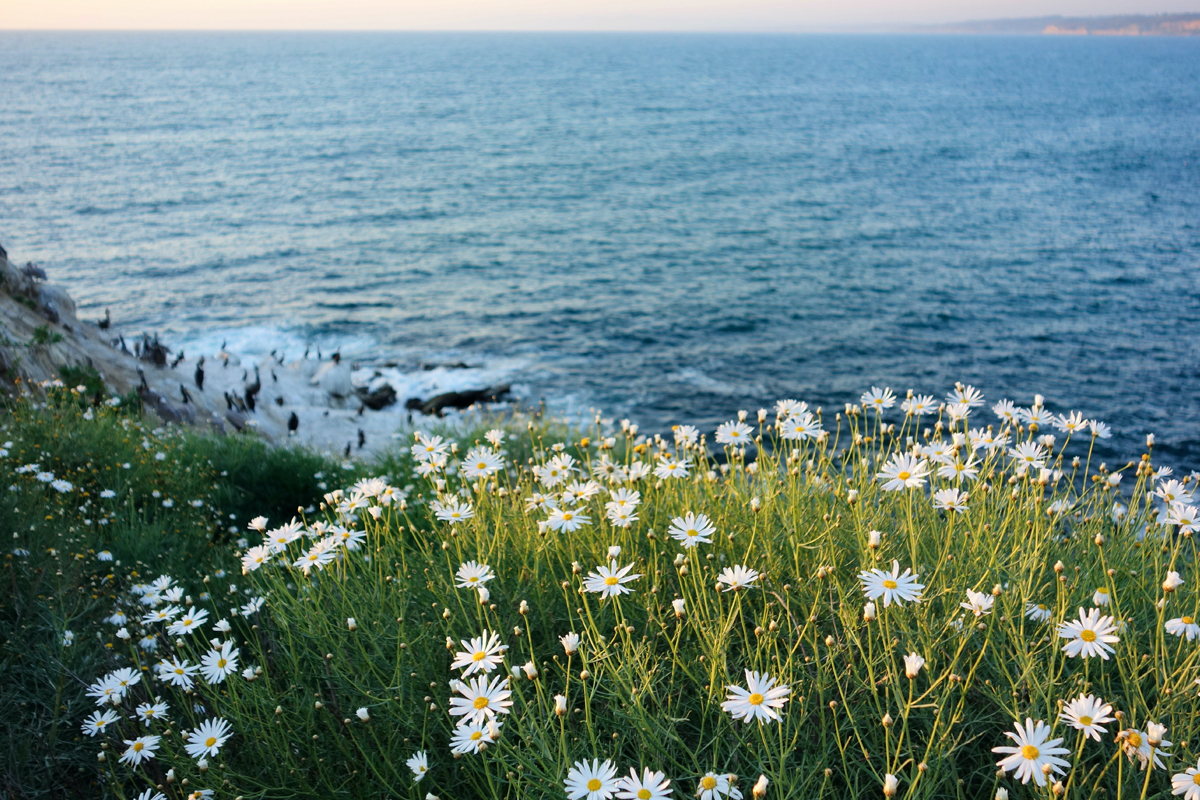
When Hannah Gatsby asked ‘Where do the quiet gays go?’, I thought, ‘Finally, someone else feels my pain!’
I had never felt more heard.
Between being bisexual, being more disabled by my environment than by the disabilities themselves, and in my existence as a person of colour, my queerness has never been seen as fluorescently bright, no matter how hard I have tried to highlight it.
Image by: Silvia Fang
I have not always been quiet, nor will I always be. But I need it to be known that sometimes you just gotta have that option.
Some mornings I start my car, and the speakers blare with the sounds of last night’s symphony. The vibrations pierce my ears and I jump in my seat, quickly turn down the dial and prepare for who I am as I start a new day. I am not the same person anymore.
If a tree falls in the woods and there is no one there to hear it does it still make a sound? If a loud and proud queer stops making so much noise do people start thinking they don’t shine so bright?
A picture from the ‘good ol’ days’ pops up on my newsfeed.
Back then, I was the life of the party. I was debaucherous, exhibitionist and, between the bar and the beat, I knew how to have a good time.
In a hypomanic frenzy I would hand out lollipops to those in line and at 2am, after the stage had cleared, I would fling packets of chips like a fairy gaymother to the crowd.
One time I even snuck a kebab into the club pretending it was my clutch purse. On stage, I would pull off my signature move, revealing the sequin hot pants concealed under my velcro pleated skirt.
Week in, week out, on Thursday nights I felt alive.
That is until I got sick.
The neurologist showed me a picture of my brain and then explained my recent series of seizures and jolts. It wasn’t degenerative, but even the neurologist tip-toed around trying to explain it. Put simply, I had no choice but to start taking it slow.
Despite my myriad of psychosocial disabilities, this was the first time I would be ‘seen’ as having a disability. Sure, the flashing of lights in bright spaces would set off my complex-PTSD but my panic attacks were subliminal.
Sometimes the vibrancy of exuberant spaces could exacerbate my cyclothymic waves, but people would often mistake that as me being a ball of fun.
A jolting body was harder to find an alibi for.
Recently, when my driving became affected, I finally got tested for ADHD. Passing with flying colours, and feeling queerer than ever, the positives of reduced brain fog has come with some side effects. Drinking on these meds is straight up like playing with fire so my days of effortlessly and inconsequentially necking two bottles of Jack straight are far behind me.
Not everyone however has caught up on this, which can cause a few headaches explaining or choosing not to. When I go out I still display my eclectic wardrobe.
As I navigate myself through spaces and sickness, showcasing these outfits becomes even more important; it shows that my sense of style is not mutually exclusive from my identity as a crip.
Four years ago, my then girlfriend struggled to understand the severity of my endometriosis as I repeatedly dropped to the floor trying to get changed for Pride March before admitting I couldn’t leave the house.
She thought I was being overdramatic and went on without me.
Nowadays, my current partner ensures there is always a walking stick, TENs machine, and Ponstan on hand should I even need them, for whatever the reason.
My ability to accept the challenges of my disabilities has become easier because of the willingness of my environment to non-begrudgingly accommodate navigating this space and thought with me along the way.
There are still moments when I can’t be very physically present in queer spaces. Rainbows and glitter aren’t the saving grace of what it means to be queer, but my restricted access to these spaces because of my own capacity is a bit more of a raincloud than a rainbow.
It fuels the question of identity, and the validity of my identity, which is already a struggle to unpack. Intentions of intersectionality can feel hollow, as sometimes I can only be fractions of myself in certain spaces in the interest of my own survival. Rainbows meant to be neon can often feel pastel. Truthfully, by being such an exhibitionist, I was simply fighting to be seen.
I’m grateful for the clubs that welcomed me into the queer world yet can still reflect on them critically.
The challenge of club culture as the first port of call for queer communities to engage with is that it comes with barriers to accessibility (see the article ‘Accessibility at queer events: It’s hard to have pride when you can’t access it’ for more on this).
For some, these loud, crowded, boozy soirees tread fine lines of community and discomfort. For already marginalised folks, this failure to accommodate can evoke the same feelings of dejection felt in mainstream society that queer spaces hope to combat in the first place.
This is not to suggest the death of queer club culture. Rather, a call to arms, an answer to ‘Where do the quiet queers go?’
I don’t have all the answers. But I do have one. Most days, when I am quietly existing in my home, I watch the garden grow.
I take comfort in sharing a home-cooked meal with friends, to nourish our bellies, bodies, mind, and souls. The lights are turned low because that’s the way my brain likes it. The music plays softly in the background, a faint whisper between mouthfuls of food and pondering thoughts aloud.
I want to create more public queer spaces like this. Less like a nightclub, more like a lounge room. A meal to share, along with a plate of conversation. You could leave as you needed to and engage as you wanted.
There are those who have lost their sense of community due to ostracisation from family, friends, and through rejecting themselves. There are those who struggle to engage in established spaces that don’t recognise their barriers to engagement.
Changing communities through critical reflection is not about keeping quiet but acknowledging that softness and being quiet are perfectly valid ways of being.
There are 16.8 million colours that a computer can display so maybe it’s time that we try and see more of them.



